Bicycling has increased in popularity. More people and more people are choosing to bicycle because it is an excellent form of exercise and a way to socialize with family and friends. Riding a bicycle is also a way to save money on transportation costs.
However, bicycle accidents can cause catastrophic injuries and death. Crash data from the Pennsylvania Department of Transportation shows that there were 14 bicycle accidents in Dauphin County in 2020. Six of those accidents occurred in Harrisburg.
Therefore, bicycle safety and bicycle infrastructure are important elements of the Harrisburg Vision Zero Plan.
What is Harrisburg Doing to Improve Bicycle Safety?
The Vision Zero Plan for Harrisburg contains several provisions for improving bicycle safety throughout the city. The goal of Vision Zero is to eliminate injuries from traffic crashes. As part of that goal, the program focuses on improving road safety for all road users, including bicyclists.
As part of the Vision Zero program, the public identified the lack of clearly marked bicycle space as one of the problems impacting road safety. The proposed solution is to add a six-foot-wide cycle track.
The City of Harrisburg’s Planning Department was tasked with developing a Bicycle Master Plan that identifies potential bicycle facilities. In addition, the Engineering and Planning Department was tasked with developing a Special Events Plan to encourage bicycle use. The city has a Comprehensive Bicycle, Pedestrian, & Greenway Master Plan that outlines measures to improve bicycle infrastructure and road safety.
The State Street Safety Improvement Project is a rapid response project to improve infrastructure along this dangerous road. Construction was to begin on the project in March 2021. Other projects are ongoing.
Why is Bicycle Infrastructure Important in Harrisburg, PA?
Bicyclists are required to follow traffic laws and bicycle laws in Pennsylvania. However, drivers do not always respect the rights of bicyclists. Therefore, bicycle accidents are common.
Improving bicycle infrastructure reduces the risk of bicycle accidents. Dedicated bicycle lanes allow bicyclists to share the road with motor vehicles more safely. Other examples of bicycle infrastructure include, but are not limited to:
- Bicycle storage and parking facilities
- Paved shoulders
- Curb extensions
- Separation buffers
- Shared-lane markings
- Trails or shared used paths
- Intersection treatments for bicycles
- Bicyclist scale lighting
- Additional signage
Bicycle accidents cause horrific injuries for riders. In addition, the damages caused by bicycle accidents can be significant. Therefore, reducing the risk of bike accidents benefits everyone.
Common Injuries and Damages Caused by Harrisburg Bicycle Accidents
A bicyclist may sustain several injuries when they are hit by a motor vehicle. The rider has no protection from the force of the collision. Injuries include, but are not limited to:
- Broken bones and fractures
- Traumatic brain injury
- Lacerations and road rash
- Internal organ damage
- Loss of limbs
- Chest injuries
- Back and spinal cord injuries
- Paralysis
The damages from a bicycle accident include physical injuries, financial damages, and pain & suffering. A bicyclist may recover compensation for their damages from the driver who caused the accident by pursuing a personal injury claim.
How Can You Reduce the Risk of a Bicycle Accident?
Motorists and bicyclists have a duty of care to operate their vehicles according to traffic laws. They should also follow standard safety rules to avoid bicycle accidents.
Steps that you can take to avoid a bicycle accident include:
- Always stay focused on the road – distracted driving and distracted bicycling are common causes of crashes
- Never operate a bicycle or motor vehicle under the influence of alcohol or drugs
- When riding a bicycle, always wear a bicycle helmet and protective pads
- Motorists should give bicyclists plenty of room when passing a rider
- Bicyclists should use hand signals to tell drivers when they intend to turn or stop
- Follow all directional signs at intersections
- Bicyclists need to choose a bicycle that is right for them and the type of ride
- Never drive a vehicle or ride a motorcycle when you are drowsy or fatigued
- Drivers need to slow down and watch for bicyclists near parks, schools, and in neighborhoods
- Bicyclists need to ride in the same direction of traffic
- Always watch for vehicles entering the road from driveways, side roads, and parking lots
If you are involved in a bicycle accident, call 911 to report the crash and request medical assistance. Bicycle accident injuries can be severe; it is always best to see a doctor after a bicycle crash. What appears to be a minor injury could worsen and become life-threatening without medical treatment.
See our benchmarking report or contact us for more information.


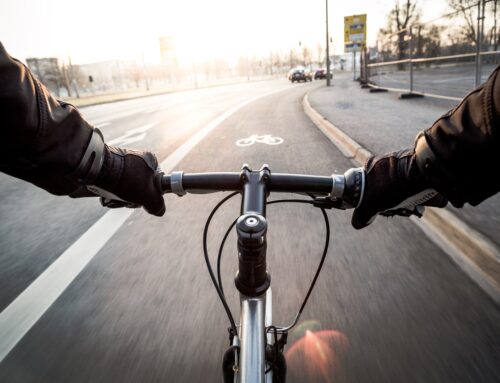
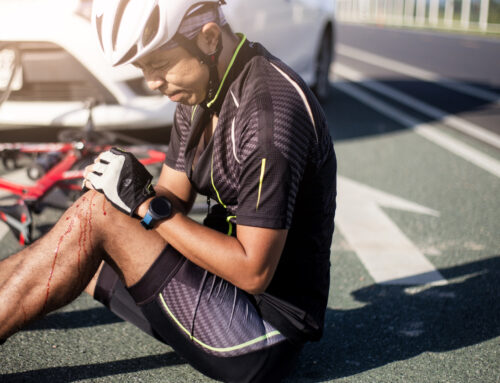
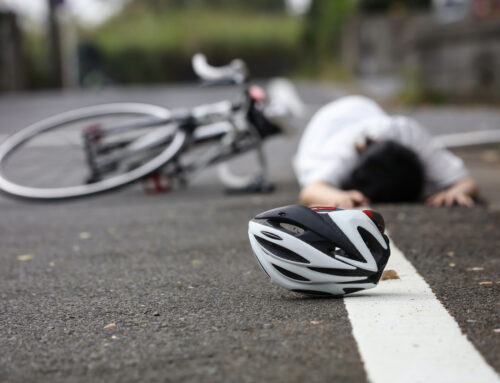
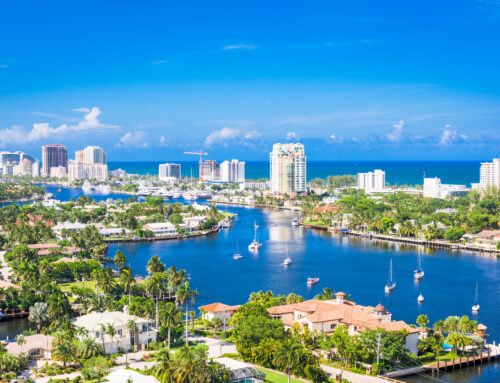
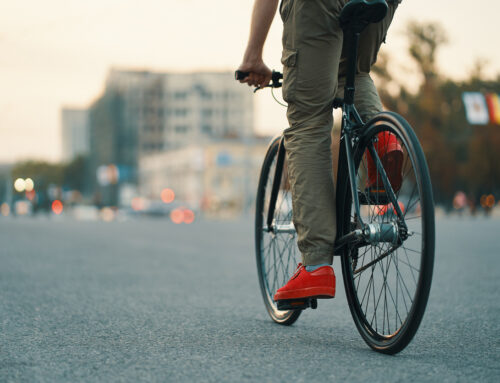
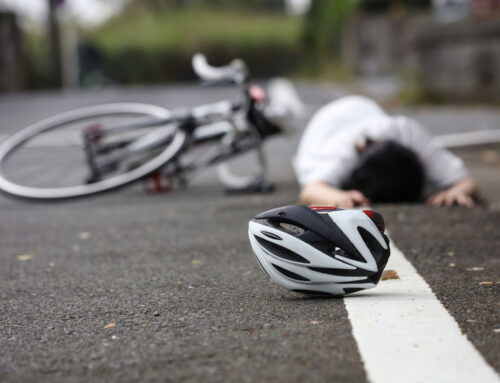
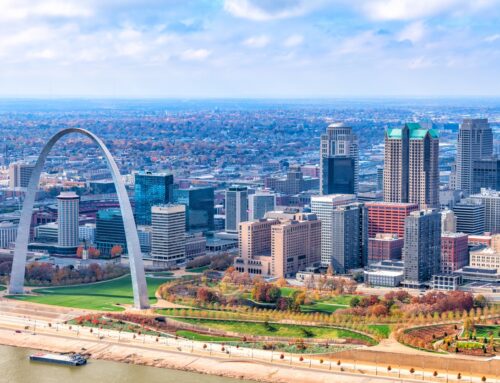
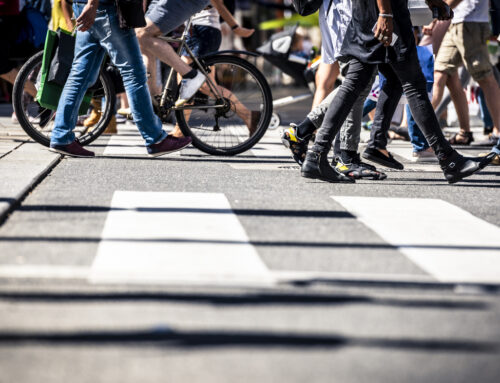

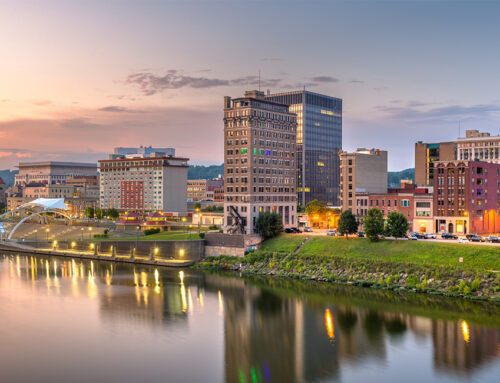
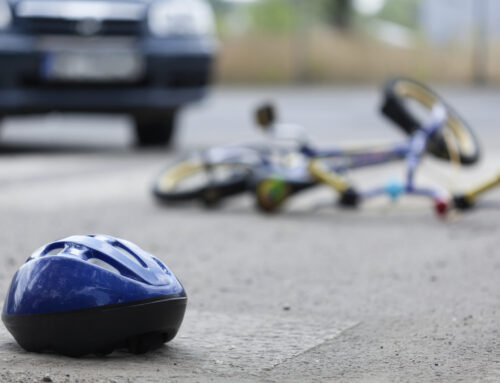
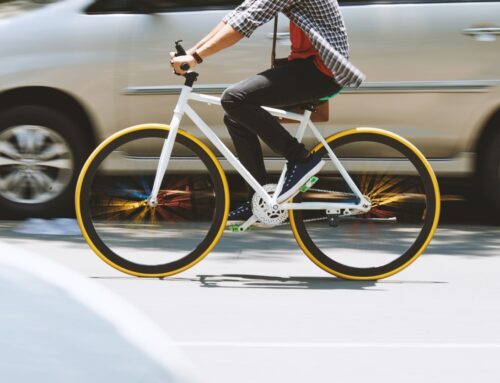
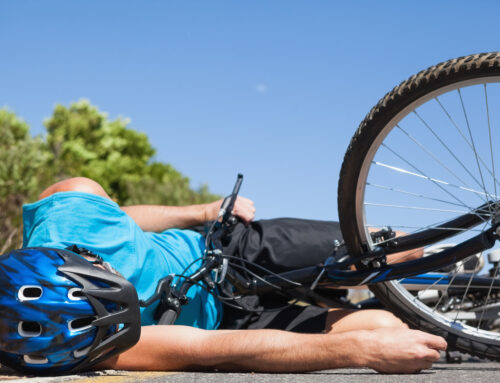
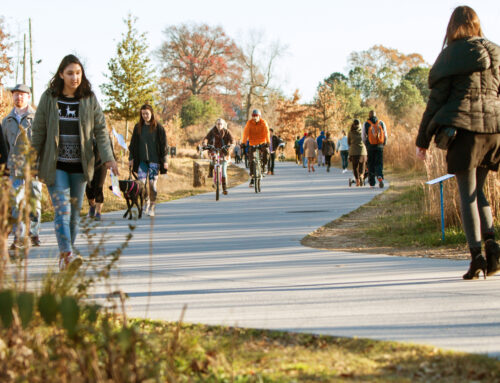

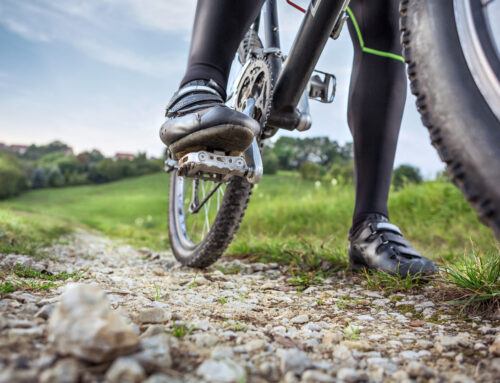
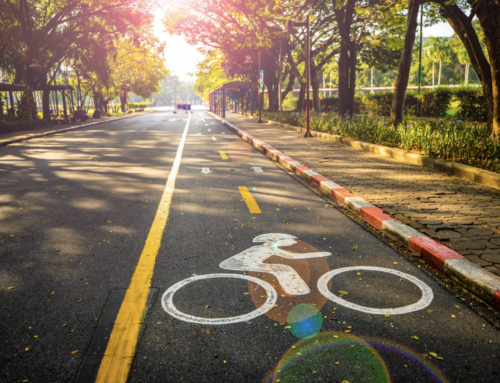
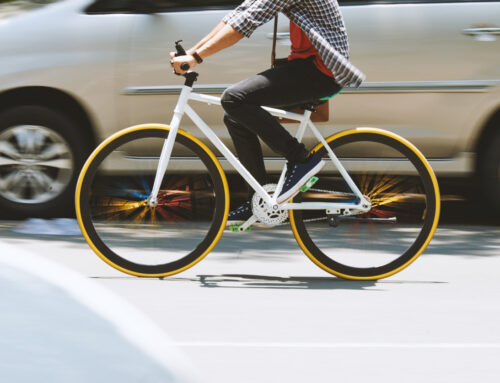
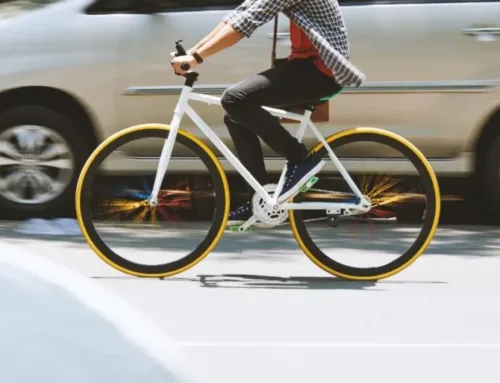
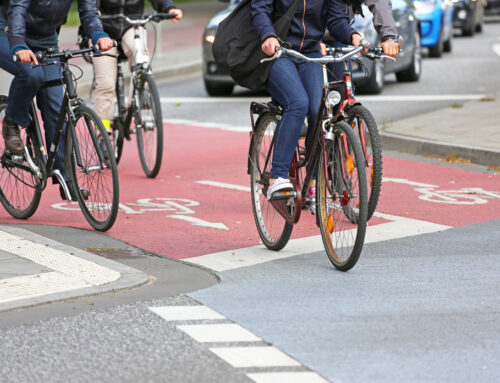
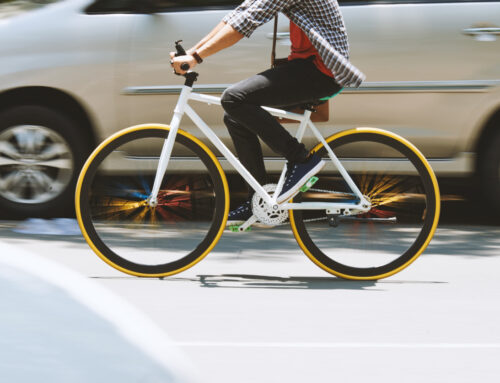
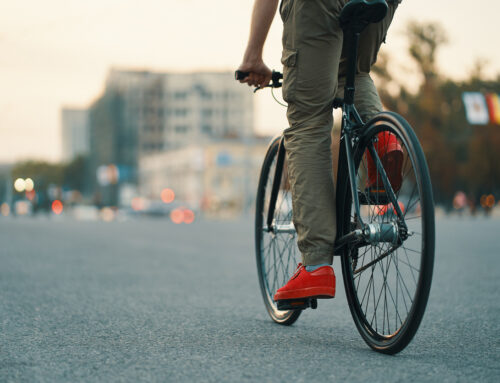
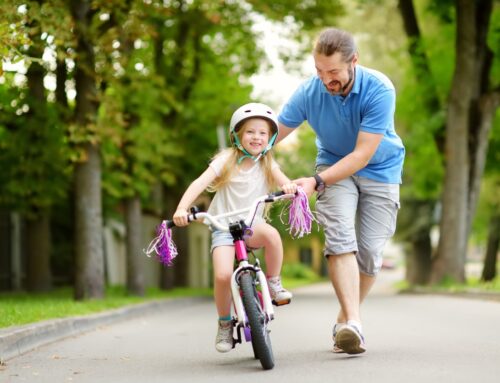
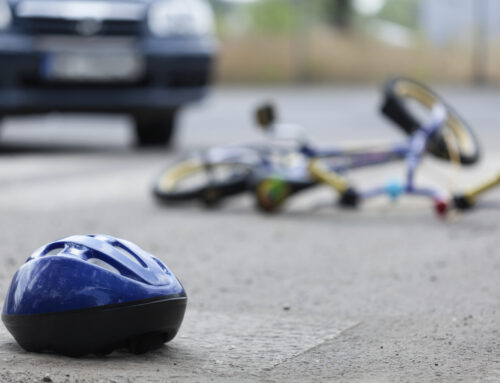
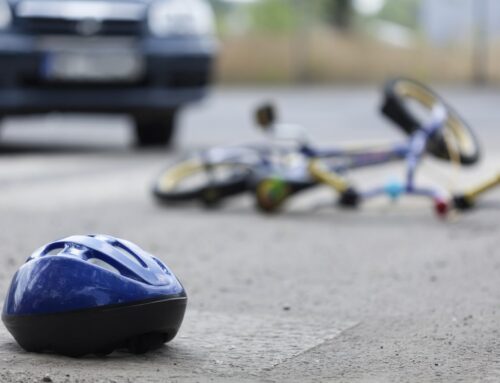
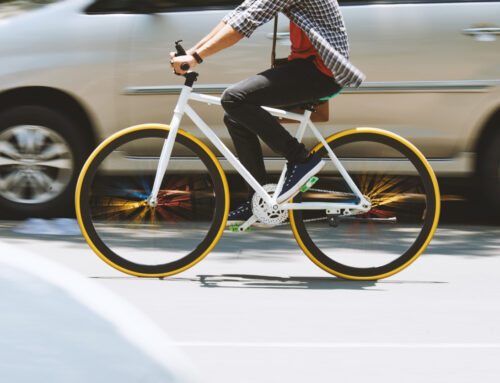

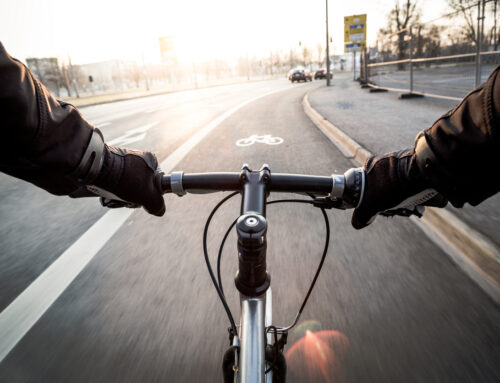
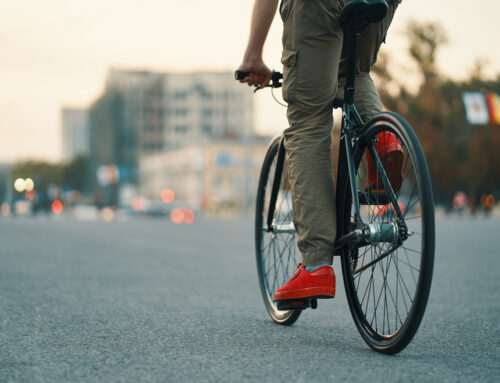
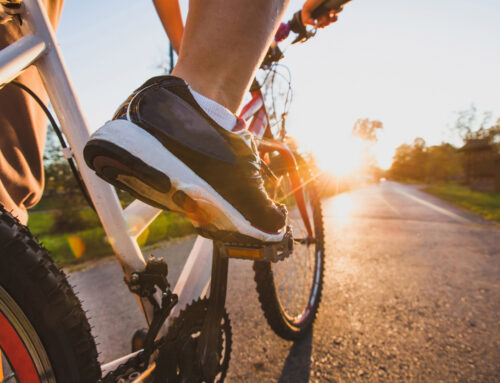
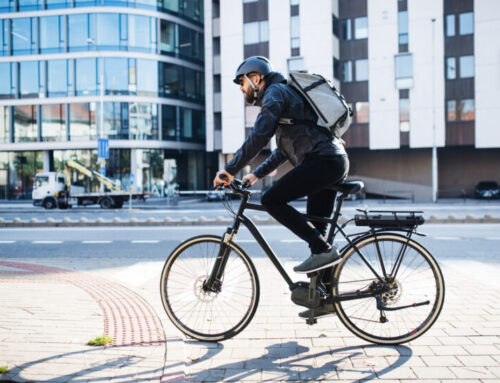
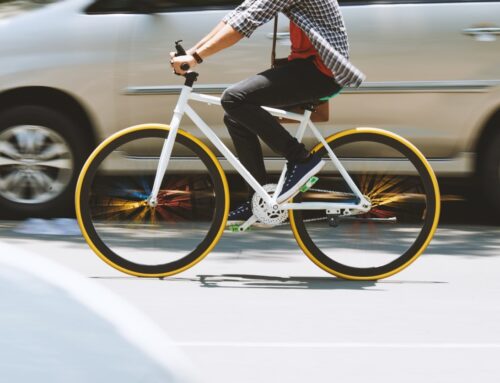
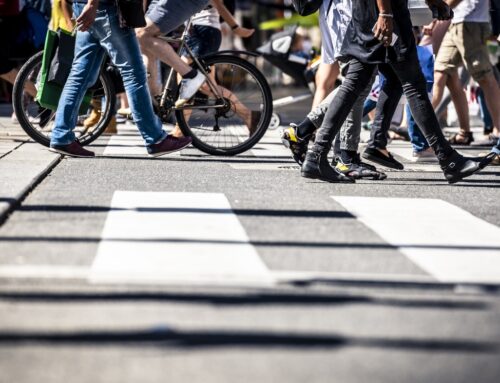
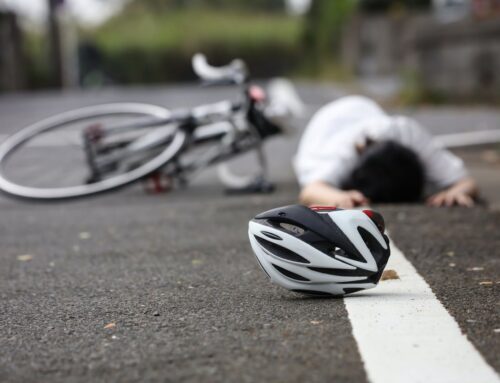
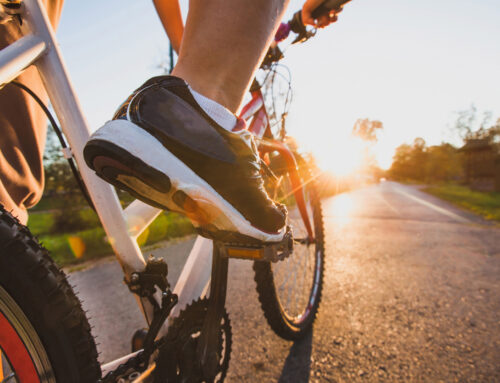
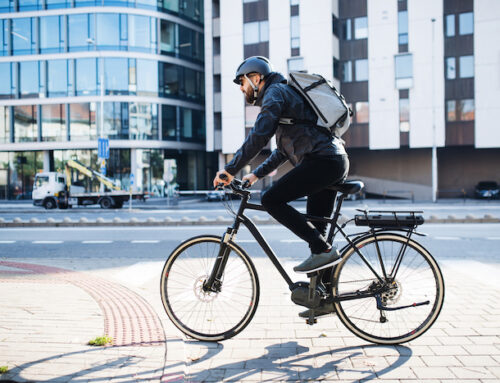
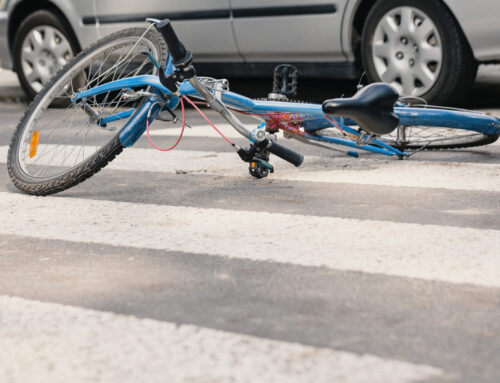
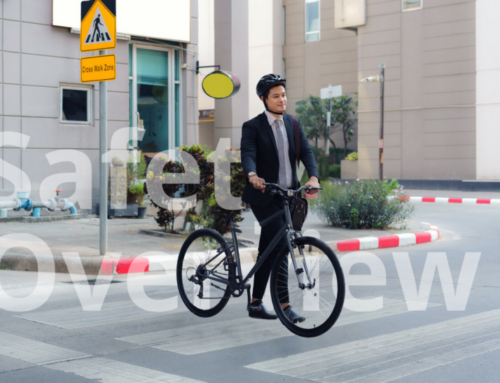
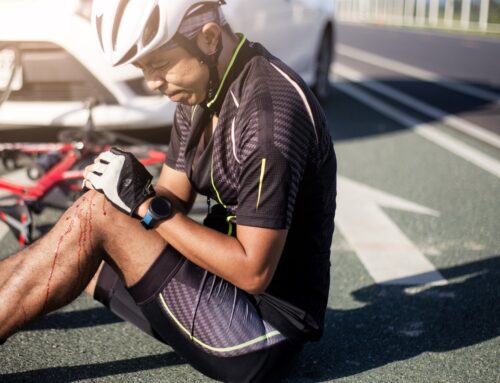
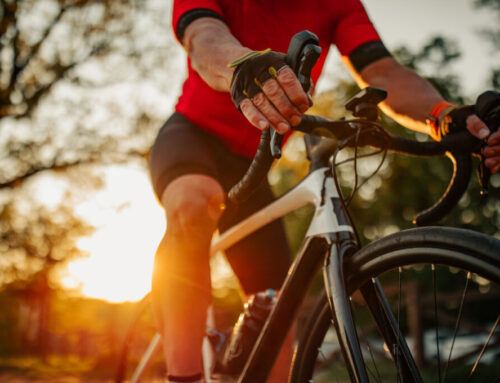
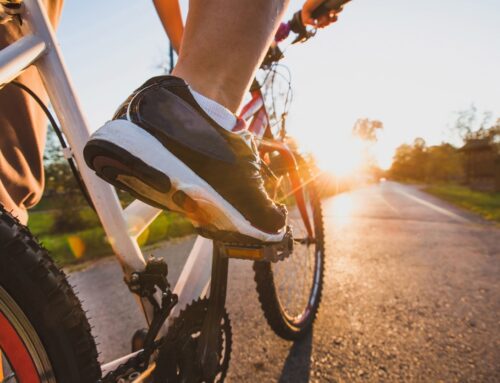
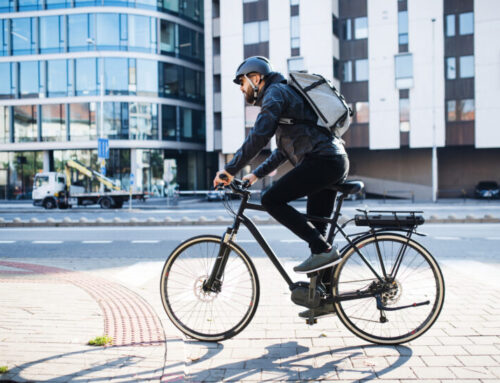
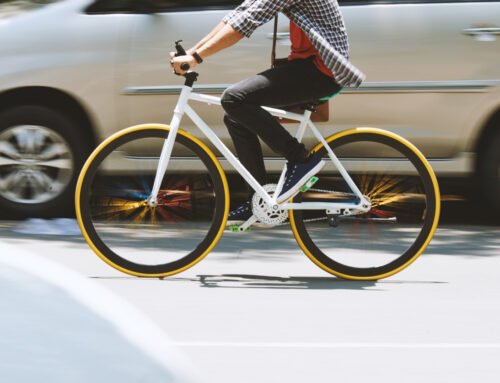
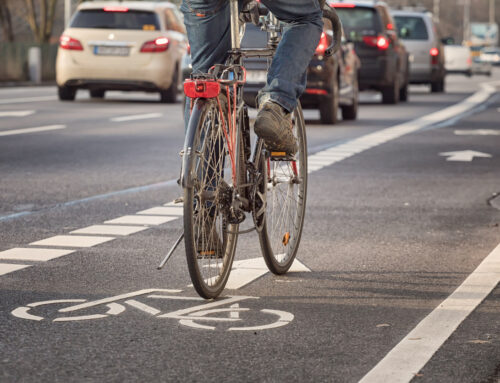
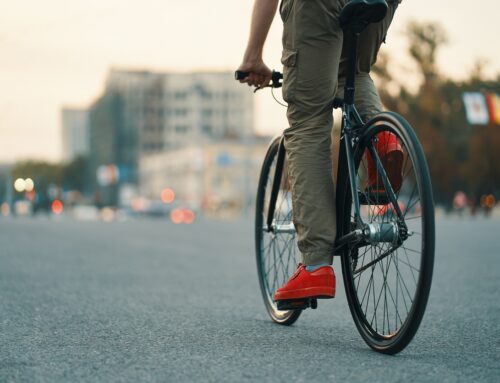
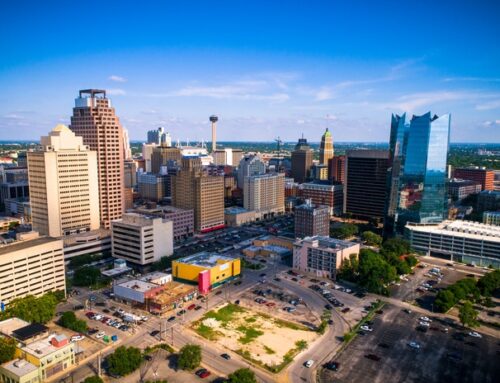
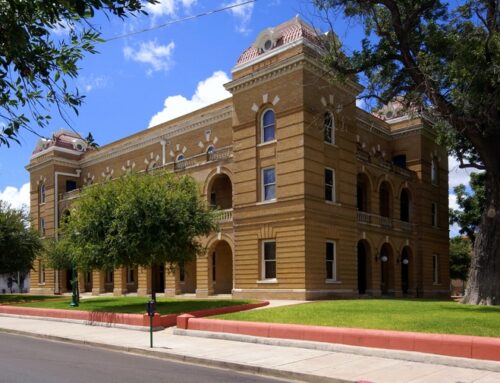
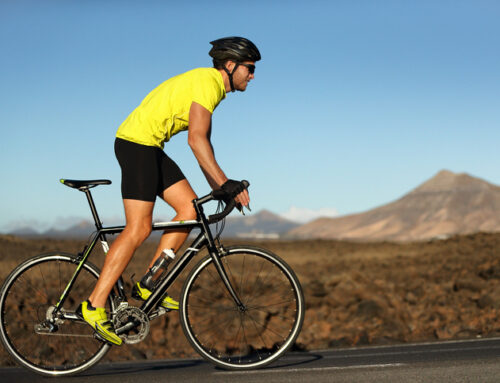
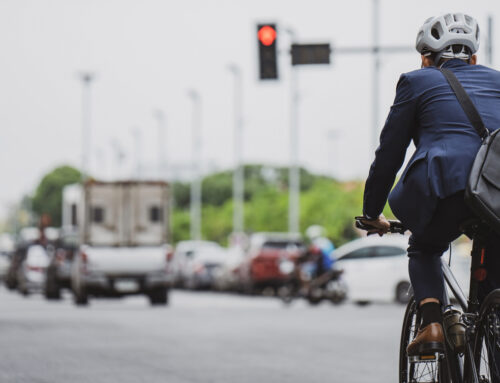
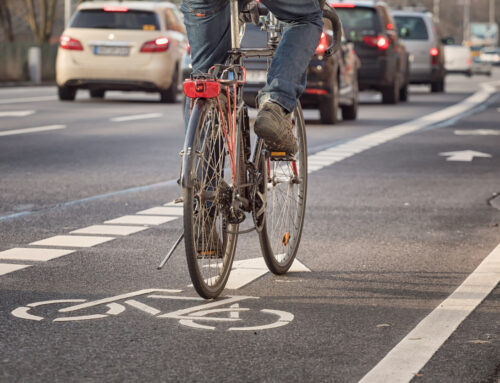
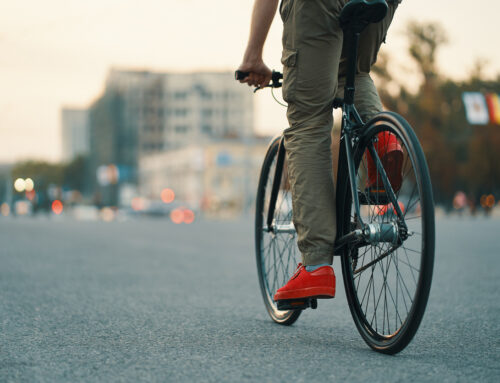
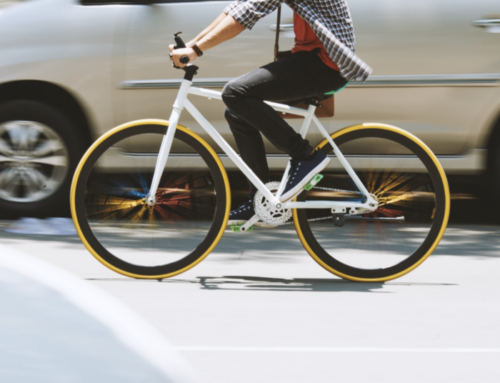
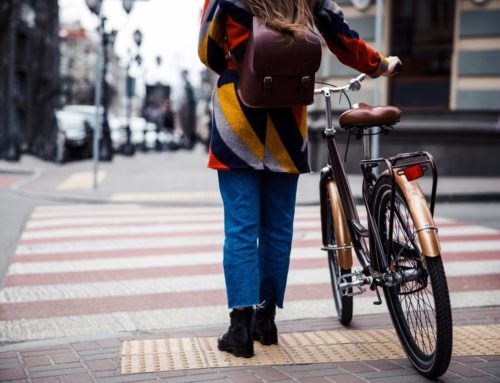
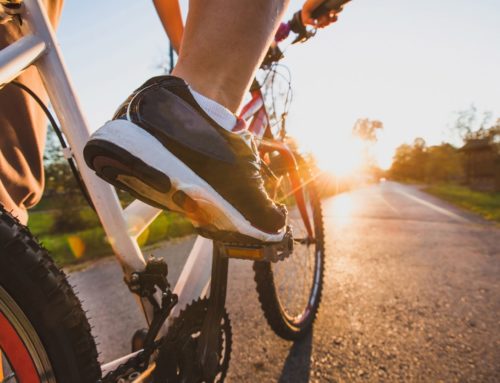
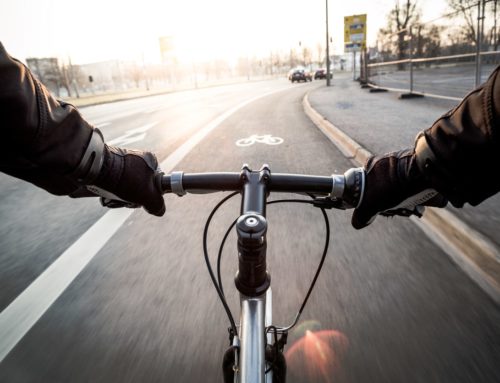

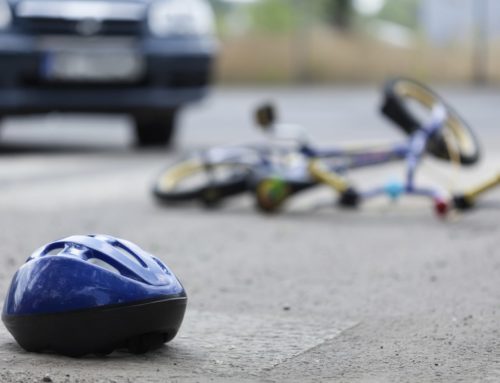
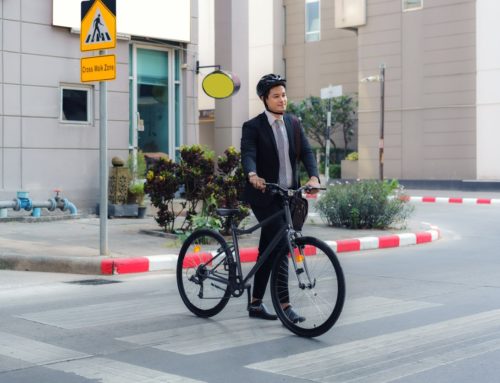
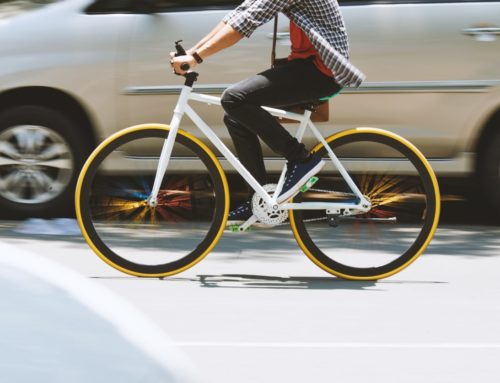
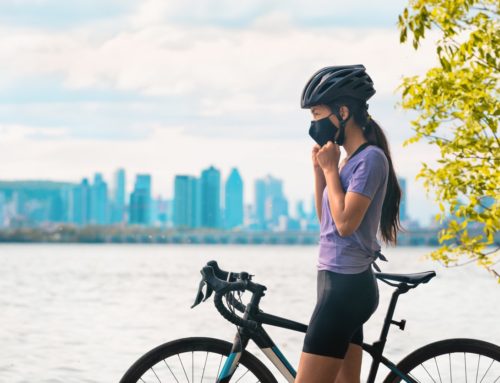

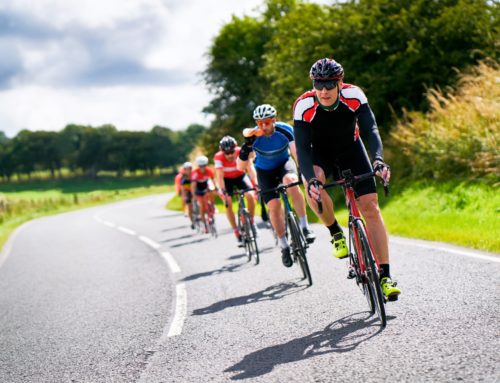
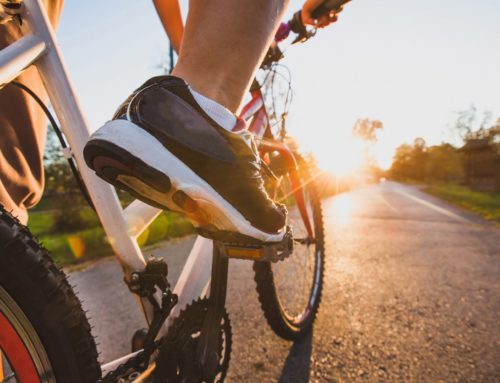
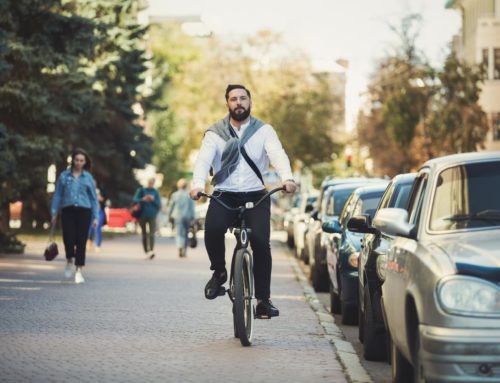
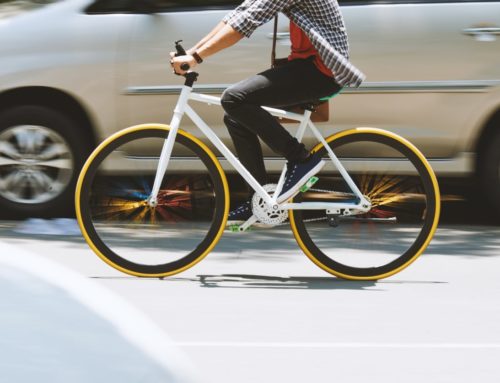
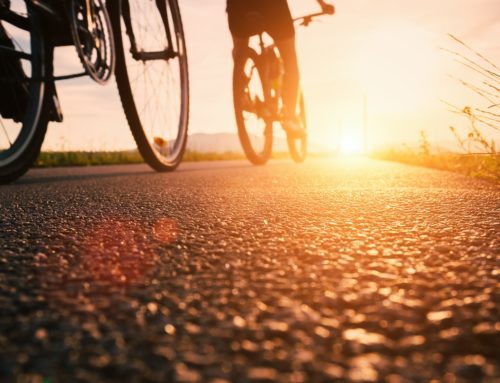
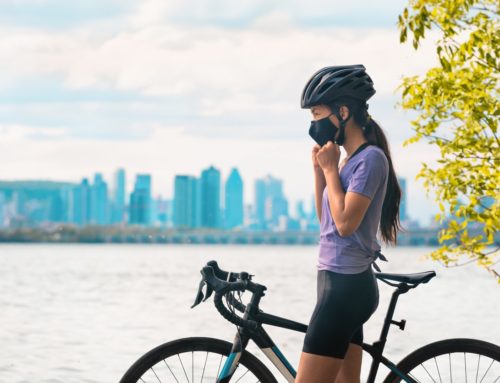
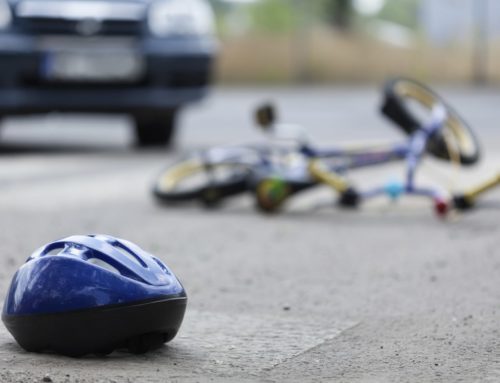
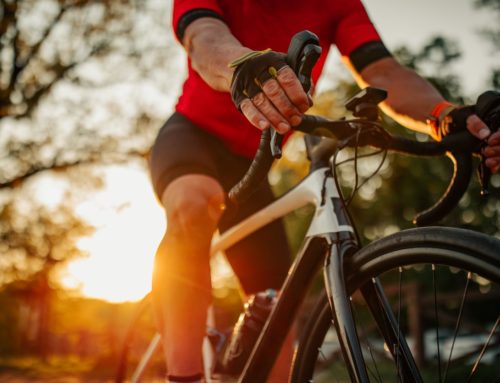
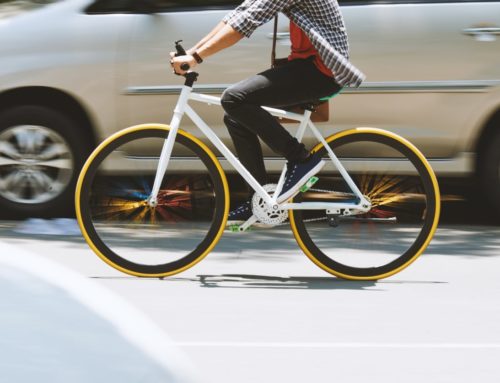
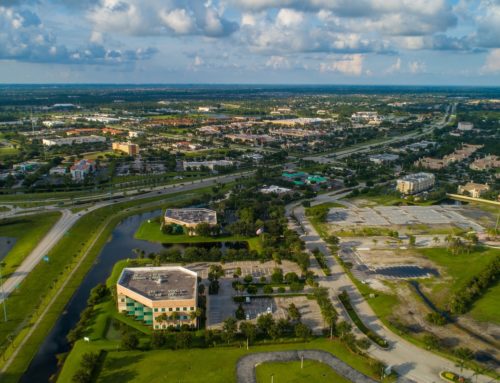
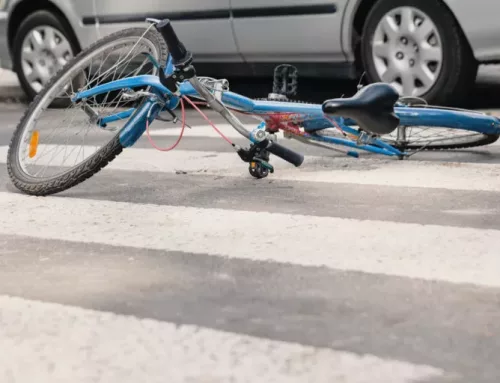
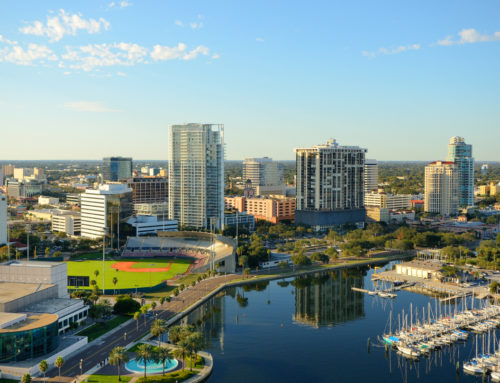
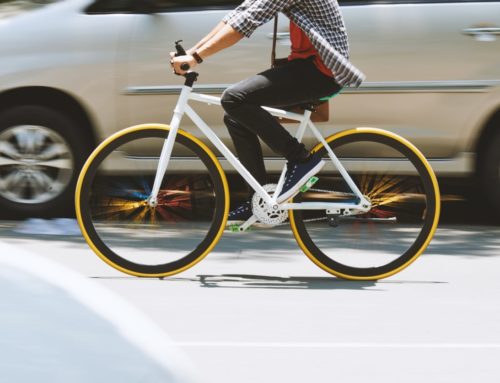
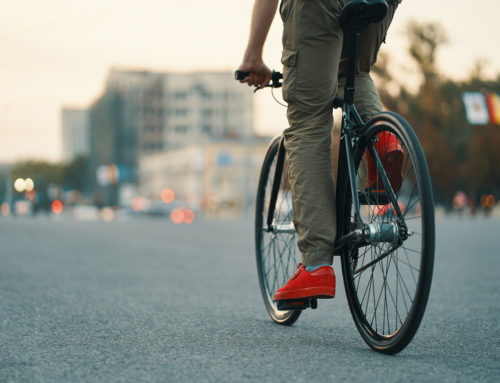
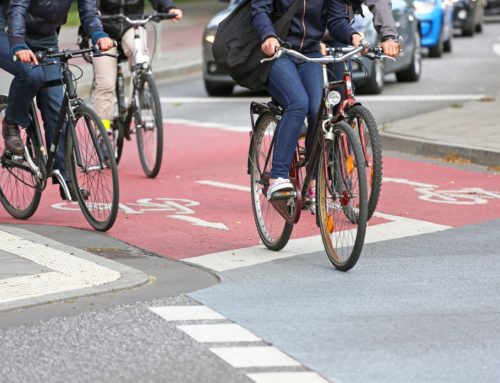
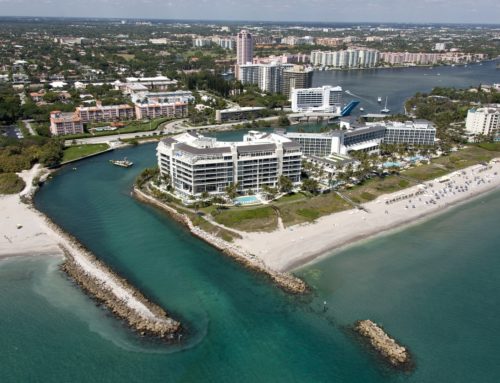
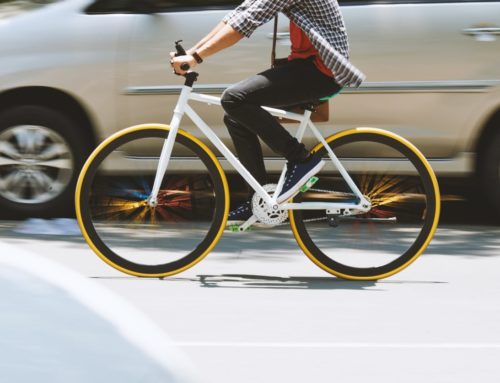
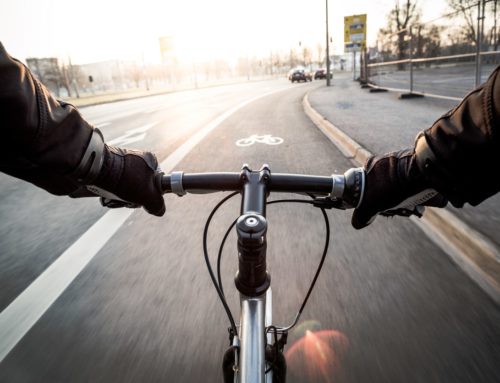
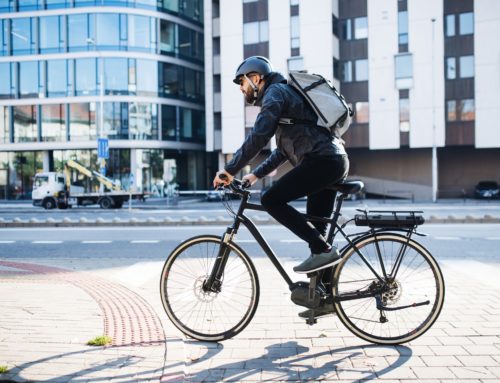
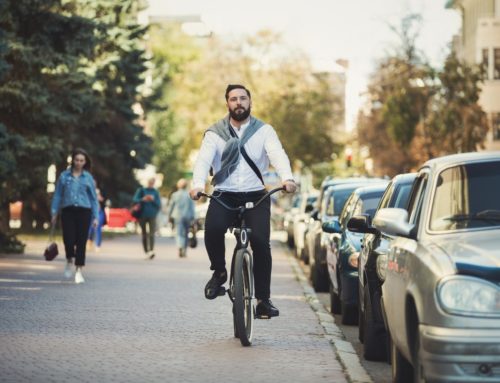

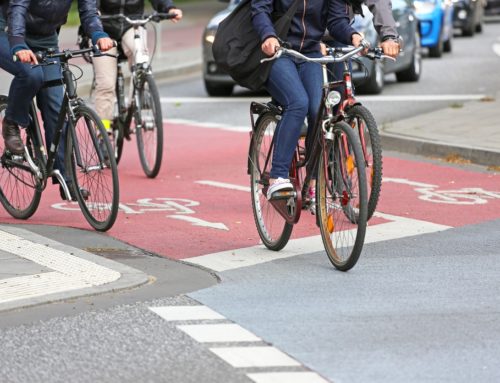
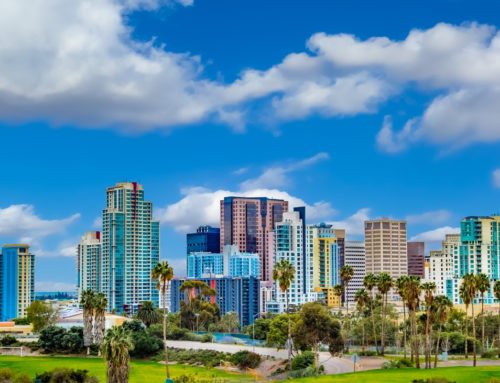
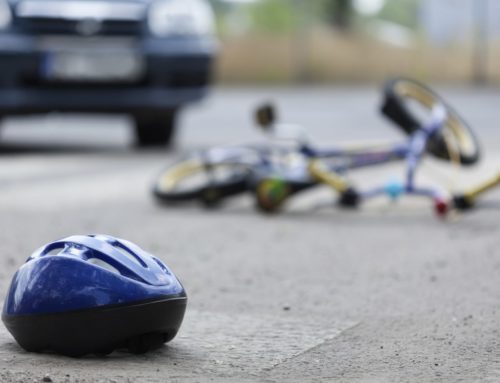
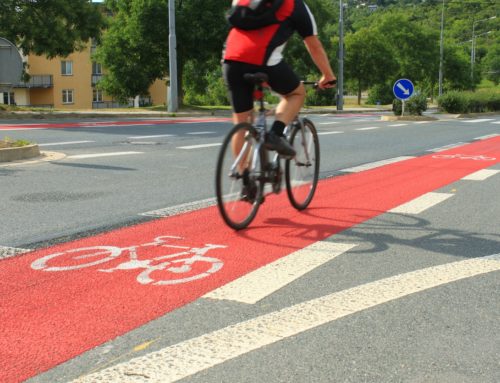
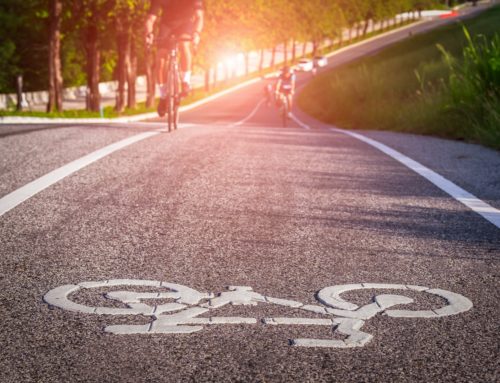
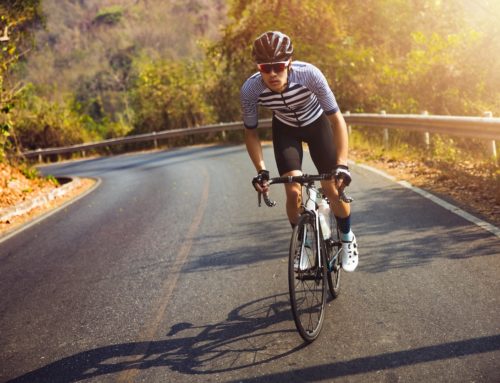
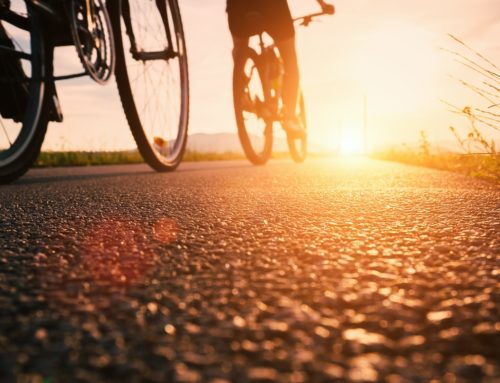
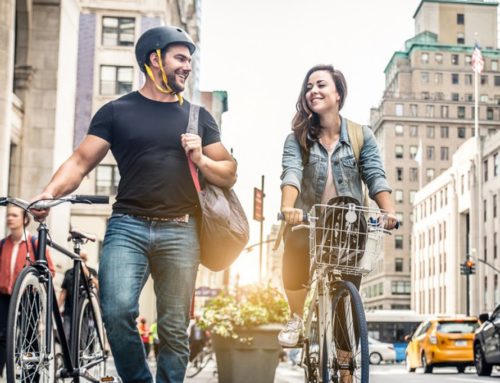
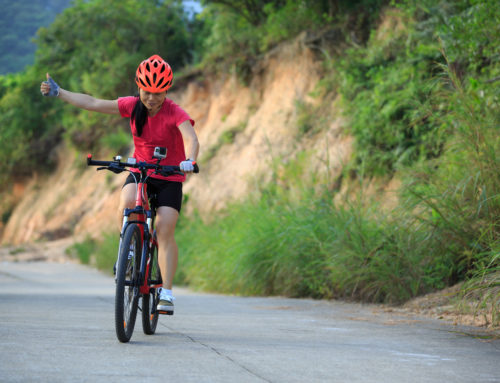
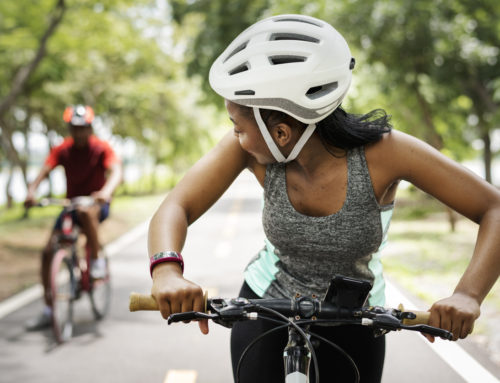
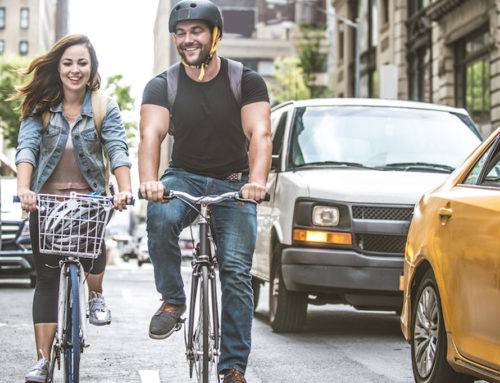
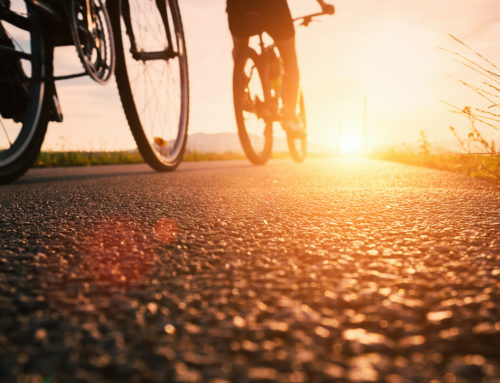

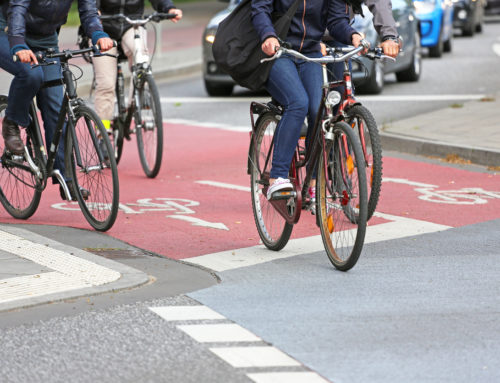
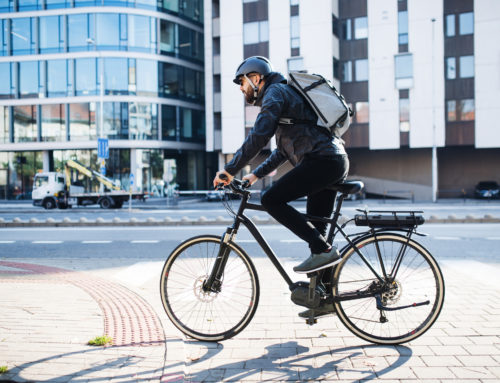
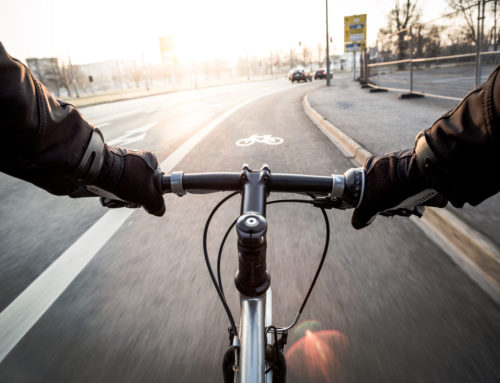

Leave A Comment